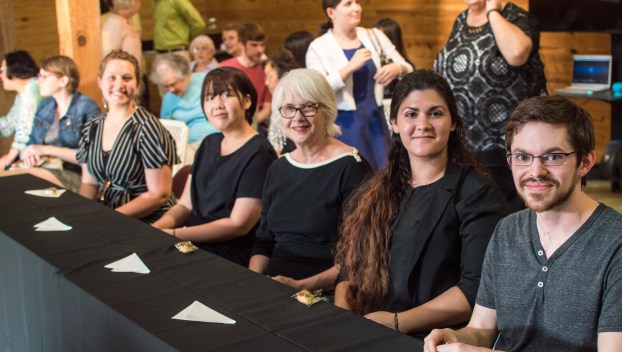
Live-oak
Tea Ceremony unites Southern, Japanese culture
TIFTON — Haruna Tatsukawa’s wrist moved back and forth so swiftly it mimicked the impossible rhythm of a ... Read more

TIFTON — Haruna Tatsukawa’s wrist moved back and forth so swiftly it mimicked the impossible rhythm of a ... Read more

TIFTON — Haruna Tatsukawa’s wrist moved back and forth so swiftly it mimicked the impossible rhythm of a ... Read more